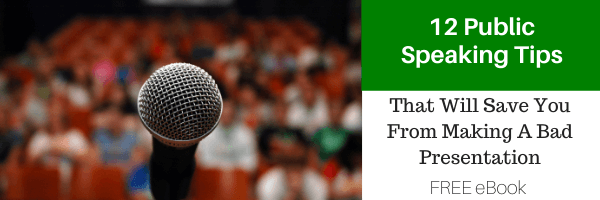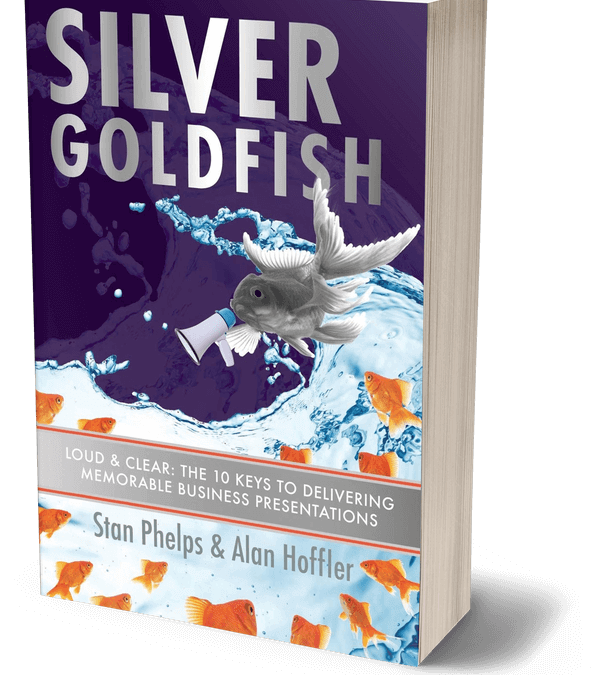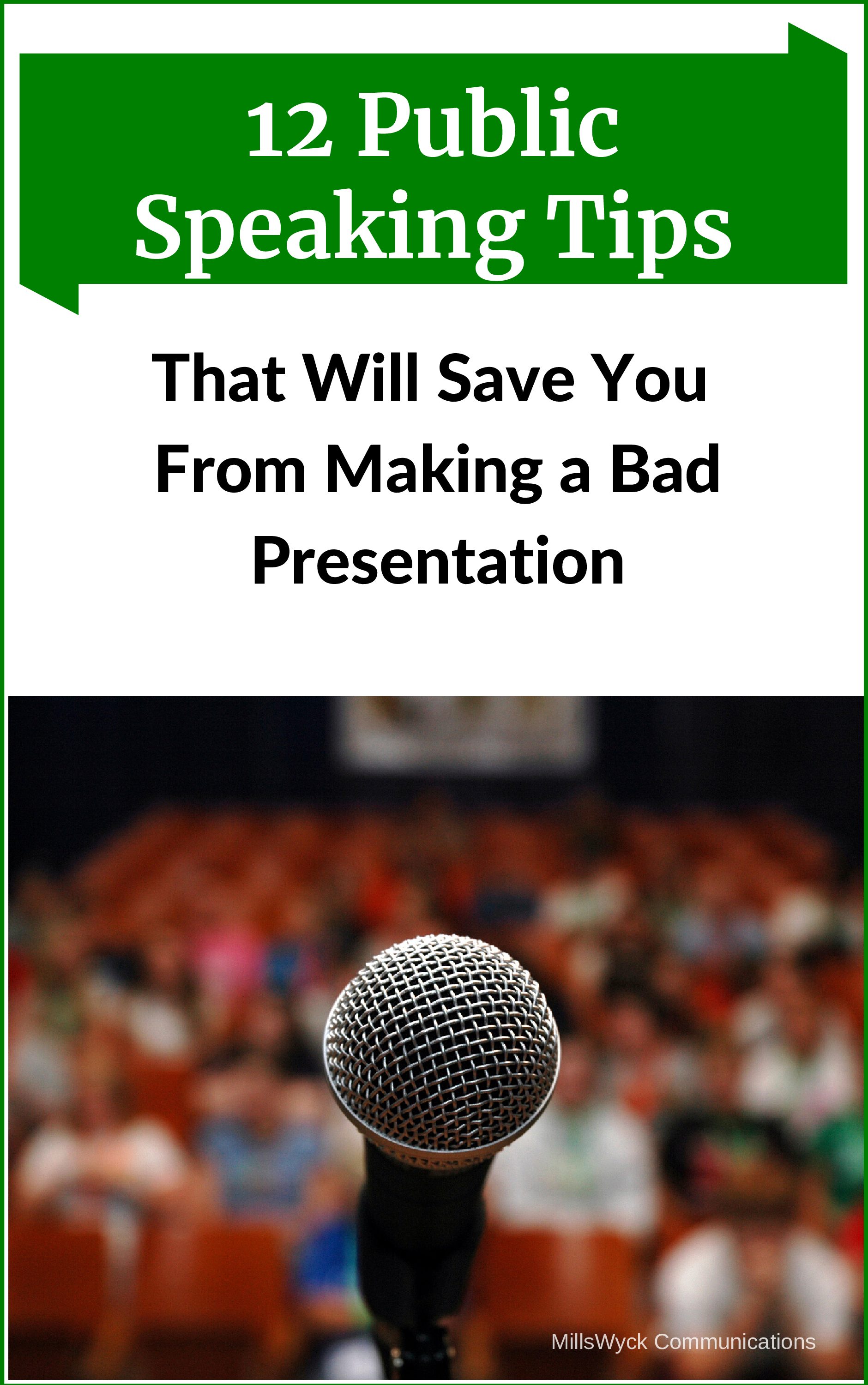Do you need clarity in communication? There’s a lot of power in the clarity you get when you put your thoughts down and have them edited and polished. Clarity that translates to speaking on the stage.
In all the hubbub about the risks of COVID-19, graduations and other celebrations that didn’t happen (although I was the invited speaker for a small private school’s graduation this past weekend), canceled and altered plans, and predictions and warnings about the future, Stan Phelps and I were able to (virtually) release Silver Goldfish. Loud & Clear: The 10 Keys to Delivering Memorable Business Presentations. It’s my third book, joining Presentation Sin and 6 Steps Forward on my shelf. It’s Stan’s 13th, all but one with Goldfish in the title.
One of the main reasons I agreed to write with Stan was to learn from him. This was his second book of the year (he has plans to release five!) and he has created quite a brand around Goldfish. I can learn a lot from someone who executes on that level. Plus, as I’ve written before there are so many positives for your speaking when you write.
But there’s a second reason. And it’s the reason that speakers and presenters should write, practice, edit, and give time for their content to rest before they get on stage.
As speakers, we need to figure out what we’re saying and how we’ll say it. It’s not as easy as it sounds, especially if it’s just you creating the content. The most powerful technique to use when writing content (or a book) is simply to go over it again and again until it’s clear, crisp, and concrete. Iterate. Too many people have a topic or an idea or a list of things to say. That is NOT the same thing as a well-formed message.
First, a startling revelation. Almost no book you’ll ever read has an original thought in it. The packaging, organization, and presentation are different. The angle and purpose might be different. But you aren’t going to read Silver Goldfish and think that Stan and I have some sort of inside track on the secrets of life (or presenting). Stan is a master at collecting stories and anecdotes; I am an analyst and a teacher with a very systematic way of approaching life. Our styles and experiences – vastly different – are wonderful complements that make the book an easy read while offering a collection of practical tips that you can really use.
But the real hidden jewel to getting your thoughts down, edited, and polished is in the clarity in communication that it brings. I recently asked a group I was coaching to express their unique value proposition (what makes them different). It took five minutes, had multiple presenters correct and add items, and I was more confused when they were done than when they started. The final message wasn’t unique at all. That’s a message that hasn’t been iterated much at all.
The back and forth of iteration between the two of us, an editor, and several advance readers smoothed out content and got us focused on what needed to be in the book. While there are certain personal style elements that remain, for most of the book, you’ll be hard-pressed to know who wrote what. That’s a sign of good editing and iteration.
Let’s summarize and generalize to offer three points to help give you clarity in communication:
- Someone else’s eyes are the best editors. You can’t catch your own mistakes or see the questions you didn’t think to answer. Get a lot of outside feedback.
- If you only have a limited amount of time to work on your presentation, getting started early and doing lots of small iterations is probably better than one big session at the last minute.
- If you can’t answer the basic questions (definitions, purpose, uniqueness) about your presentation in a short sentence or two, then you don’t have your message well-formed. Keep trying until you have that core message defined precisely. Then add your details, stories, and data.
As part of Silver Goldfish, we have two matrices to aid you in creating your message. The Silver Preparation Grid leads you through a systematic approach to creating and organizing your content. The Silver Presentation Matrix gives a gradient of presenting tips in increasing difficulty and impact. Both are available on our Resources Page.
Writing and speaking are both part of a bigger category: communication. The principles of both are more alike than they are different and both require clarity in communication.
————————————————————————————————————————
I got a call last week from a client in a panic. They launched an online series (isn’t everyone!?) and it turns out the presenter “didn’t do well.” Further questioning revealed that she was “not a charismatic speaker” and “didn’t keep everyone engaged”. With no knowledge of her or her material, I offered that the slides were likely a contributing root cause of a lot of the problem and got hearty agreement. Descriptions of wordy slides read to half-asleep attendees in a monotone voice. But that would be terrible in a live situation. It reinforces our favorite maxim on web-based material:
If your meeting was going to be bad in person, it will be WORSE online!
Have you downloaded our free Virtual Communication guide? The ten-page guide will get you going in the right direction about equipment, purpose, content, delivery, and ending well. Pick it up here.
Related articles:
Four Reasons to Write Your Own Book to Help Your Speaking Skills
Speaking and Writing: Similarities and Differences
Communication matters. What are you saying?
Want more speaking tips? Check out our Free Resources page.
We can also help you with your communication and speaking skills with our Workshops or Personal Coaching.
This article was published in the June edition of our monthly speaking tips email newsletter, Communication Matters. Have speaking tips like these delivered straight to your inbox every month. Sign up today to receive our newsletter and receive our FREE eBook, “Twelve Tips that will Save You from Making a Bad Presentation.” You can unsubscribe at any time.

Enter your email for once monthly speaking tips straight to your inbox…
GET FREE DOWNLOAD “Twelve Tips that will Save You from Making a Bad Presentation” when you sign up. We only collect, use and process your data according to the terms of our privacy policy.



